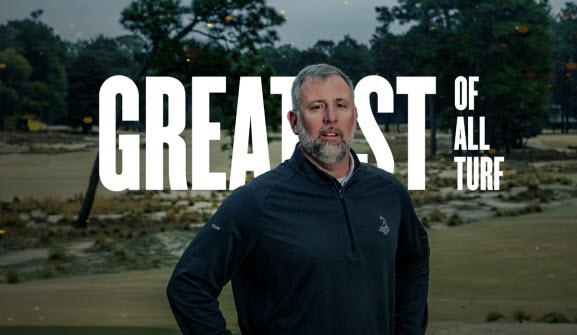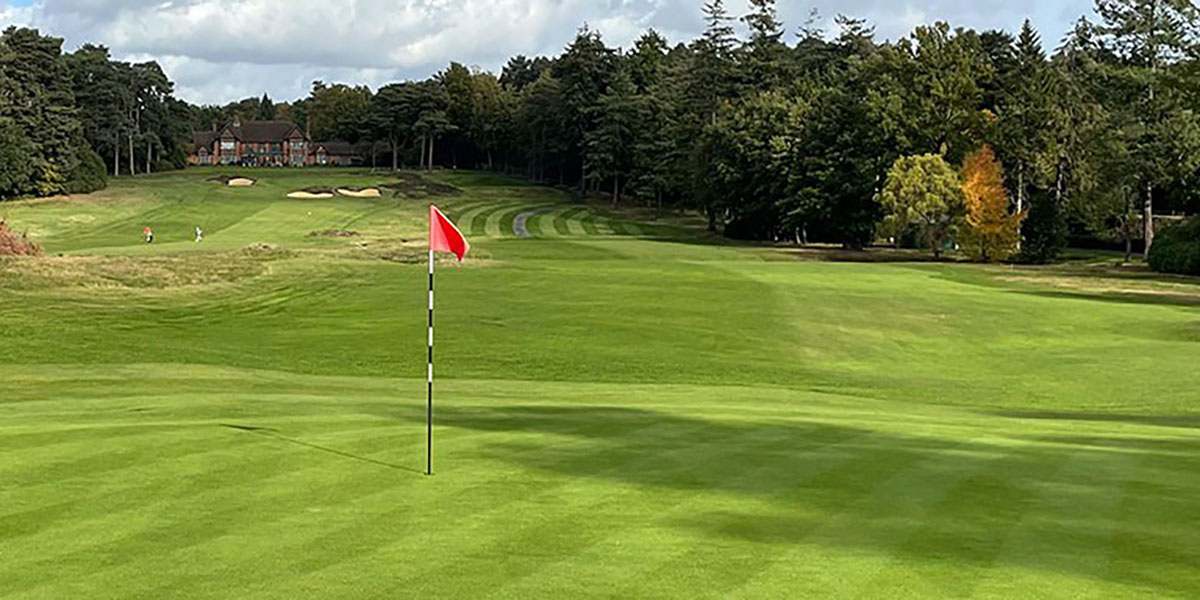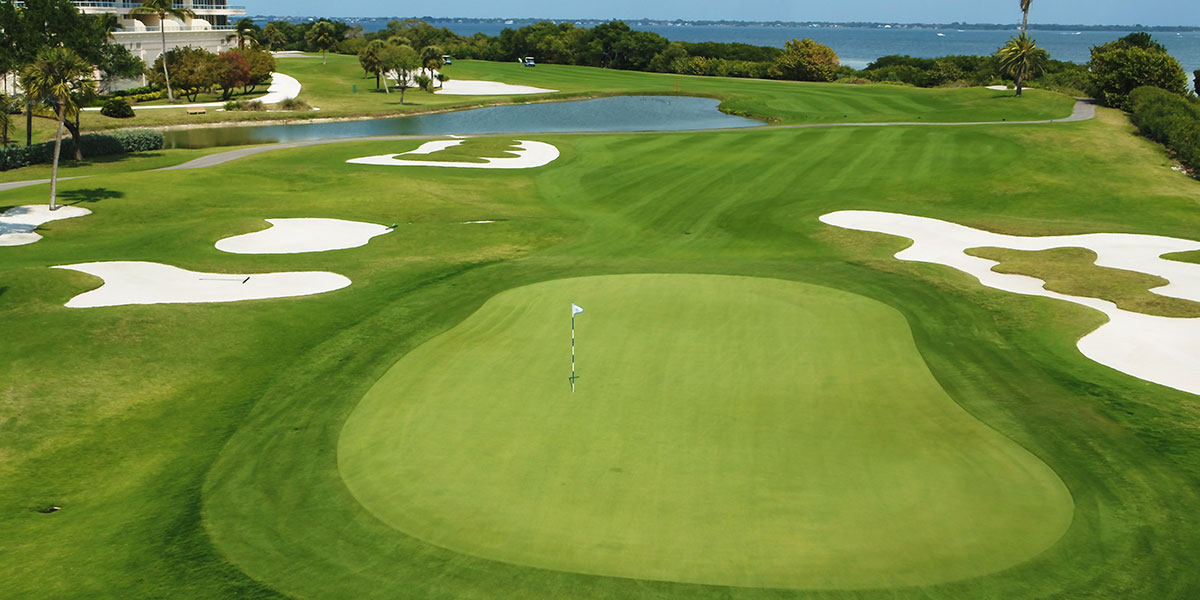______________________________________________________________________________________________________________________________________________________________
The Chemistry of Greatness
By Pat Jones

John Jeffreys has only had two employers – the tiny Wilmar GC when he was right out of school and then a place called Pinehurst Resort. He took over the famed No. 2 course in 2014 after they successfully did the seemingly impossible: hosting back-to-back men’s and women’s U.S. Open Championships. A decade later we talked with him about those early days, the amazing 10 years that have gone by since, and the elite chemistry that’s necessary to maintain the Pinehurst standard of greatness.
How has your life changed in the decade you’ve cared for one of the best golf courses on the planet?
We’re in a constant mode of championship preparation from now until 2047. We are also building course No. 10 and hosting special events like the Adaptive Open on course No. 6 and the North/South Championship that’s been at Pinehurst for 124 years now.
I tell our team members all the time that, yes, we’re hosting the U.S. Open and the North/South, but we always have new guests coming to play here for the first time and they have expectations. I tell them that today is someone’s U.S. Open. There are only a few places in the world where someone who loves the game can play a major championship venue. The memories that happen here just can’t happen at other places.
What are you particularly excited about for this upcoming championship?
We have a bunch of younger folks on our staff who weren’t here in 2014 and…to be able to see them experience all this first-hand with fresh eyes is so great. It’s challenging, but it’s fun. Watching the people grow and learn is just awesome. I can’t wait for them to have their championship experience. The good thing is, everyone here is dialed in and focused on the same goal.
Who’s been your G.O.A.T. in the turf business?
For me, the greatest of all turf are the people I get to work with every day. Not just people like Bob Farren or Kevin Robinson, but all the other superintendents who work here as well as folks on our team who are just the best at what they do and really like family. It’s actually like we have a small association of our own. We have so much knowledge right here and then in the area.
There are also a lot of G.O.A.T.s at other clubs right here in the area. We can go to lunch, and it’s basically like a seminar.

Images by John Gessner
Why has it been important to you to have a partner like BASF over the years?
BASF taught us a lot about how to develop and nurture our business relationships. It was a win/win because we learned to think, “what can we do better?” It gives you a better perspective on the people you’re working with. It’s been a really beneficial thing in my career. I got to meet thousands of golf course superintendents and learn a ton along the way. BASF made that happen.
Grass doesn’t change much, but the technology does. I think expectations about daily conditions have changed. In some ways, it’s easier because of the tools and technologies we have. But the challenge of managing your team has become more difficult because expectations have changed in the workforce. People have changed. Mowing grass is the same.
How has the agronomic part of your program evolved?
It’s like what Ray Lewis used to say when he was with the Ravens: “I play on Sundays for free. You pay me for practicing and everything else Monday-Saturday.” I feel like I grow grass for free but get paid for all the people management and finance and everything else it takes to make the fun part – growing grass – happen.
Why does the plant health component matter to you?
I liken plant health to a human eating right, exercising, and doing everything they can to avoid a quadruple bypass. You can have a quadruple bypass to fix your clogged arteries, or you can take care of yourself and avoid a disaster. For me, plant health is the sum of all the small things you do all the time to avoid disaster.
What’s your general program today?
Taking Lexicon [Intrinsic brand fungicide], Navicon [Intrinsic brand fungicide] and Maxtima [fungicide] and putting them in places to deal with our three big issues: take-all root rot, mini ring and spring dead spot. With the bent, you could be preventative, but you have a little bit of curative, too. You could recover a little more quickly with bent than the bermuda.
By the time you see some of these diseases on bermuda you’ve missed your window of application by six weeks and it takes them forever to recover. So, we make a lot more decisions now based on soil temperature, moisture levels and environmental factors that tell us, if we don’t do this now, we’re going to pay the price in three months. We’re more proactive now because we know these products will do the job without us needing to see immediate results.
Knowing we have these products doing what they’re supposed to do lets us focus on other priorities instead of worrying about a disease popping up. We rely on them whether we have a championship coming or we just want to make sure we give that first-time guest a championship experience.
Always read and follow label directions.
Intrinsic, Lexicon, Maxtima and Navicon are registered trademarks of BASF. All products may not be registered for sale or use in all states.




